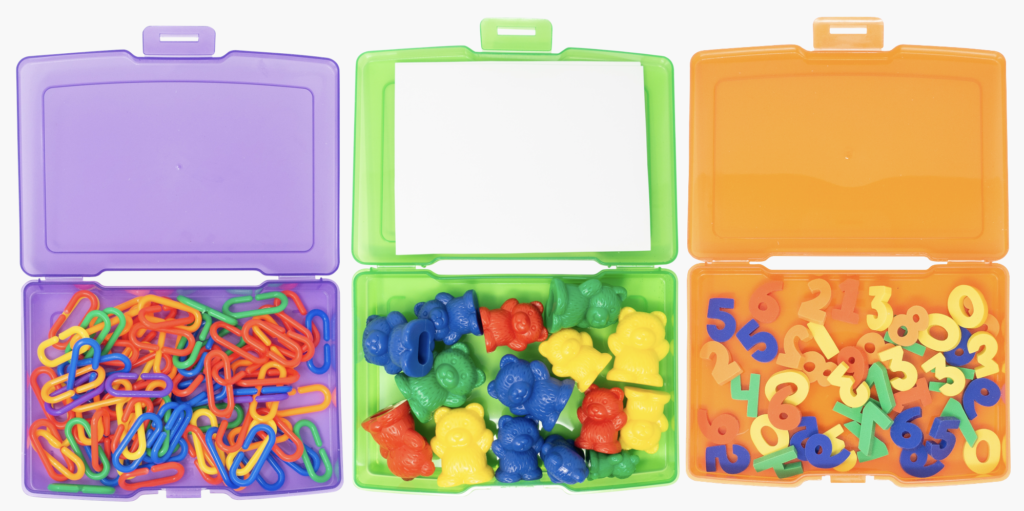
Counting is a fundamental skill that lays the foundation for mathematical understanding. Counting practice is so much fun and is one of the first math skills many children learn. I love to continue this learning in my kindergarten classroom by setting up counting collections. Counting collections not only make math more tangible and meaningful for students but also foster critical thinking, problem-solving, and number sense. There are just so many benefits of counting collections!
Why Counting Collections Matter:
Counting collections are hands-on activities that involve sorting and counting sets of objects. They provide a rich and authentic context for children to explore numbers, patterns, and relationships. Here are some compelling reasons why counting collections matter:
- Concrete Understanding: Counting collections give students the opportunity to manipulate physical objects, promoting a deeper understanding of numbers and quantity. By physically grouping and counting objects, students can internalize number concepts more effectively.
- Problem-Solving Skills: Engaging with counting collections encourages children to develop problem-solving strategies as they figure out how to organize and count different items. They are challenged to make decisions, apply logical reasoning, and develop perseverance when faced with counting obstacles.
- Mathematical Fluency: Counting collections offer repeated exposure to counting, which strengthens students’ fluency with numbers. The more they practice counting diverse objects, the better equipped they become at subitizing (instantly recognizing small quantities without counting) and quickly counting larger sets.
- Visual and Spatial Reasoning: Counting collections enhance students’ visual and spatial reasoning skills as they arrange objects in various configurations, sort them into groups, and compare different quantities. This helps them build a strong foundation for more complex mathematical concepts.
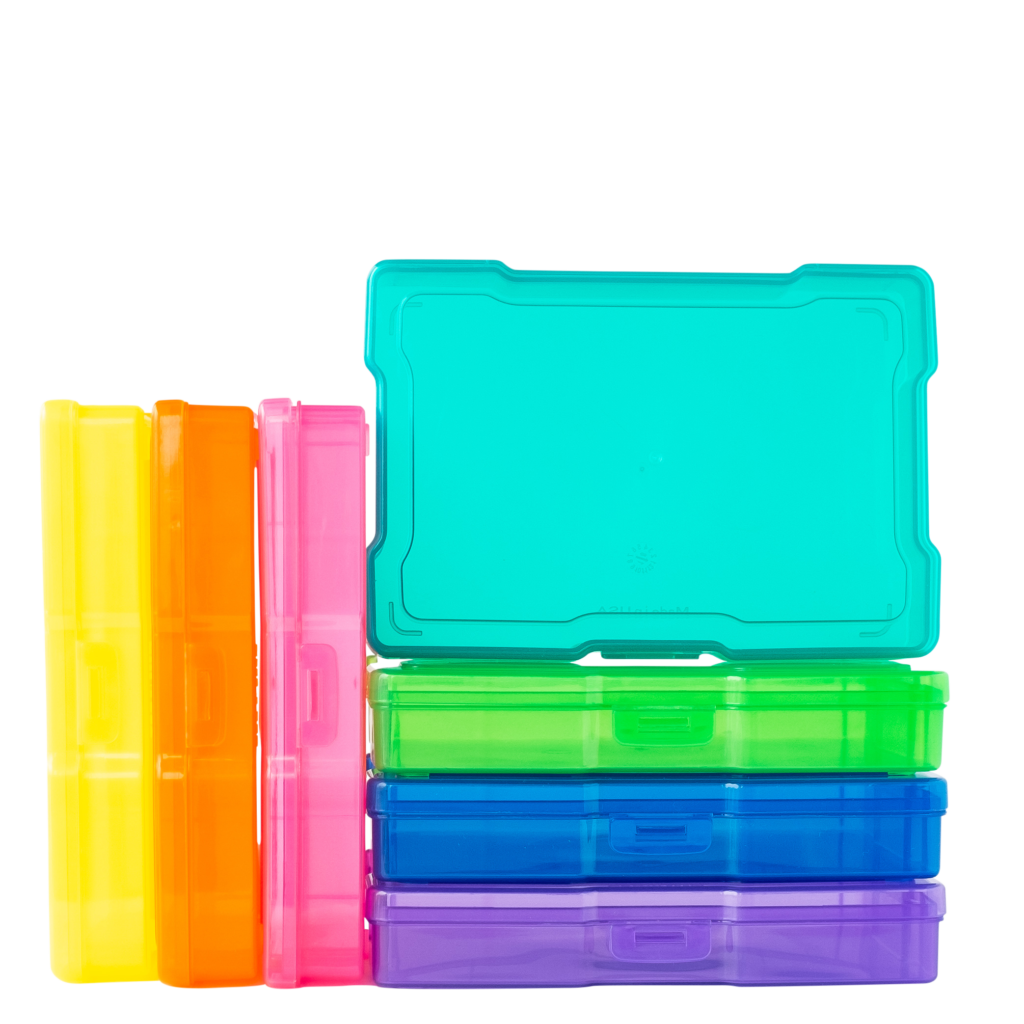
Setting Up Counting Collections in the Classroom:
Now that we understand the significance of counting collections, let’s explore some practical steps to set them up in your kindergarten or first-grade classroom:
- Select a Variety of Objects: Collect a diverse range of objects that are safe and appropriate for young children to handle. Consider items like buttons, beads, shells, plastic animals, counting cubes, popsicle sticks, or any other small, manipulative objects that can be easily counted.
- Organize and Store: Choose containers or trays that are accessible to students. Transparent jars, plastic tubs, or compartmentalized trays are excellent options for storing and displaying the counting collections. Label each container with the corresponding number to promote number recognition. I had some small school boxes that worked perfectly for a long time! Recently found the colored boxes pictured below and began using them this year.
- Introduce the Collections: Begin by presenting a single counting collection to the whole class. Discuss the objects, encourage students to estimate the quantity, and count together as a group. Emphasize the process and strategies used to count accurately. For kindergarten, I have quantities of less than ten in all of my boxes. I increase the number of objects as the school year goes on. In first grade, I recommend quantities between 20 and 50 to begin, assuming that students learned to count to at least 50 in kindergarten.
- Rotating Collections: Rotate the collections regularly to sustain student interest and offer new counting challenges. You can introduce collections related to seasons, themes, or classroom topics. Involve students in the collection selection process to promote ownership and engagement.
- Differentiation: Tailor the counting collections to meet the needs of diverse learners in your classroom. Provide options for students to work with different quantities or encourage them to explore more complex patterns or sorting criteria.
- Documentation and Reflection: Create opportunities for students to document their counting experiences through drawings, journals, or photographs. Engage in discussions where students share their strategies, discoveries, and challenges, fostering a reflective approach to counting.
- Collaborative Exploration: Encourage collaborative counting experiences where students work in pairs or small groups. This promotes communication, critical thinking, and the sharing of strategies, enhancing their learning experience.
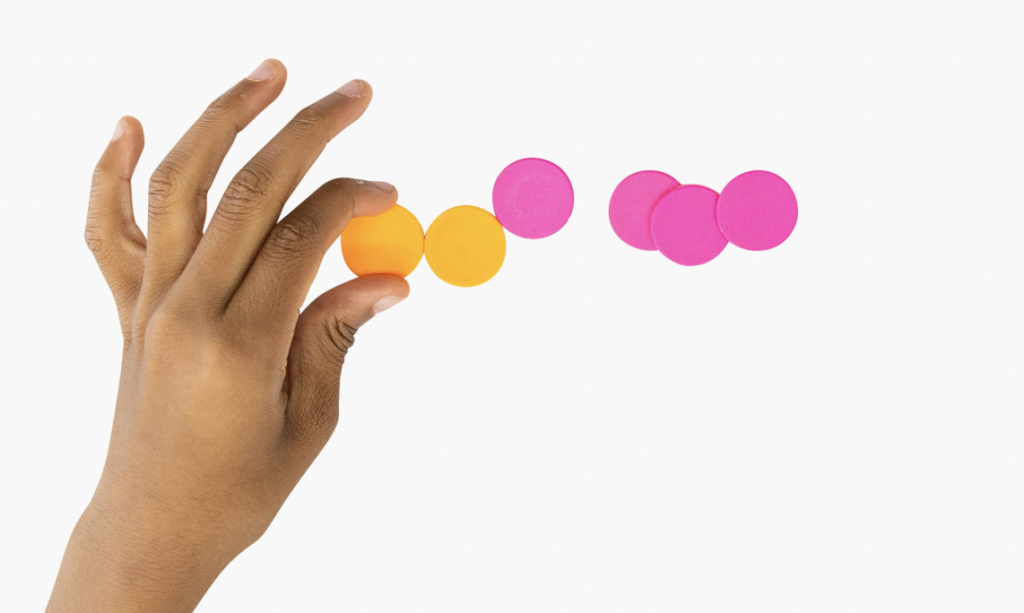
A couple more tips:
I like to include shapes, coins, and other things that will help introduce students to concepts that I will formally be teaching that year. If students have already counted pennies or circles a few times, they will probably be a little bit familiar with them! Throw in their name, and other attributes during counting time will just enhance the learning that much more.
Once students are familiar with the counting collection procedures, they can be great early finisher or warm-up activities in math!
I love to use a recording with my students. After basic procedures are in place, we work on recording our counting and mathematical thinking. I model, then we do it together, and last students are able to record their thinking independently on their recording sheets. If you want to try this, I have included a FREE recording sheet below.
It is also included in my year-long first-grade math curriculum! You will save over 50% if you purchase the bundle.
Counting collections offer a dynamic and engaging way to develop numeracy skills in young children. By setting up these collections in your kindergarten or first-grade classroom, you provide your students with opportunities to explore numbers, patterns, and relationships in a concrete and meaningful manner. As they manipulate objects, sort, and count, they build a strong foundation for future mathematical concepts. Embrace the power of counting collections and watch your students’ enthusiasm for math soar while their skills grow!
Remember, it’s not just about counting objects but fostering a love for numbers, curiosity, and a growth mindset in our young learners. Let’s empower them to become confident mathematicians from the very beginning!
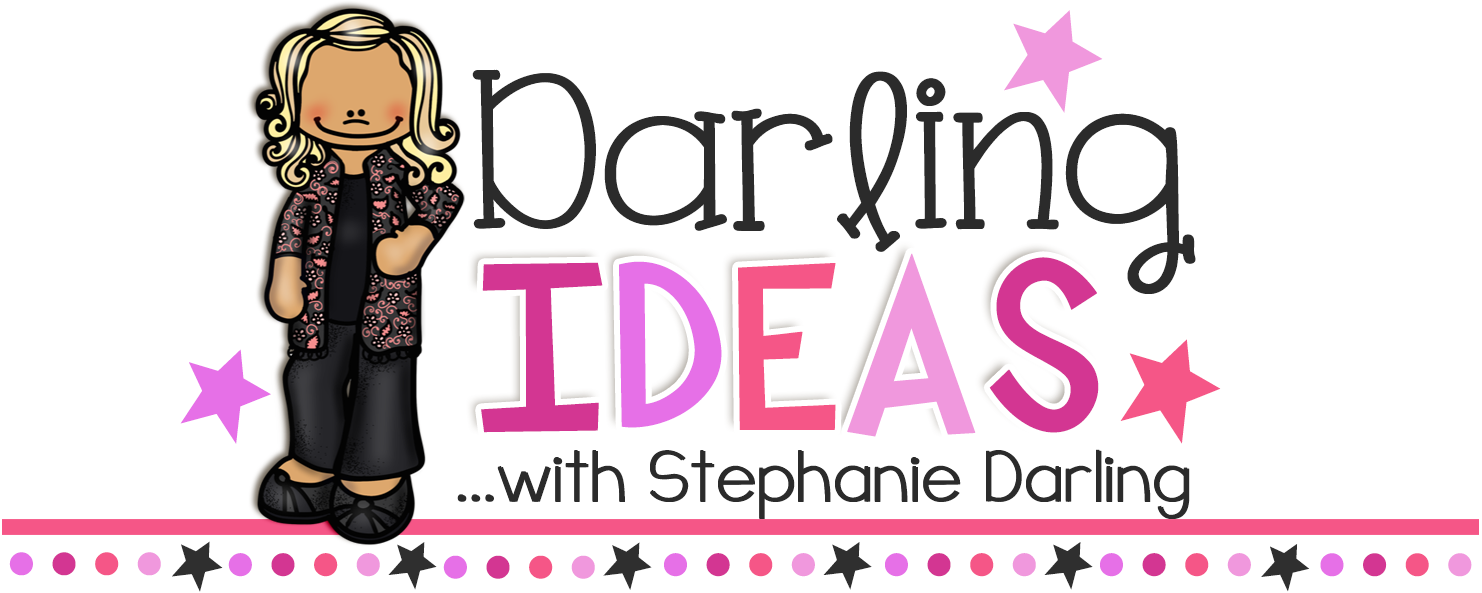

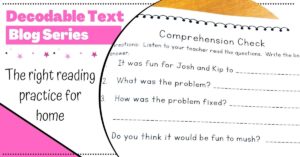

No Comments